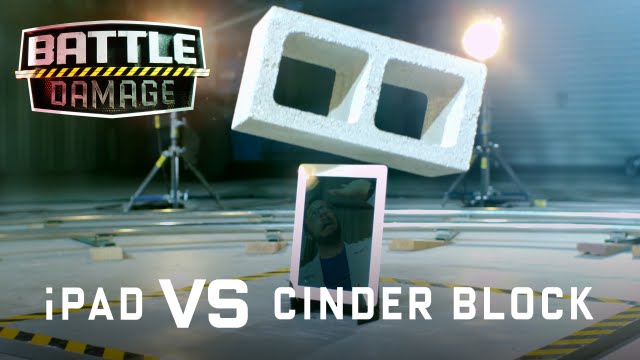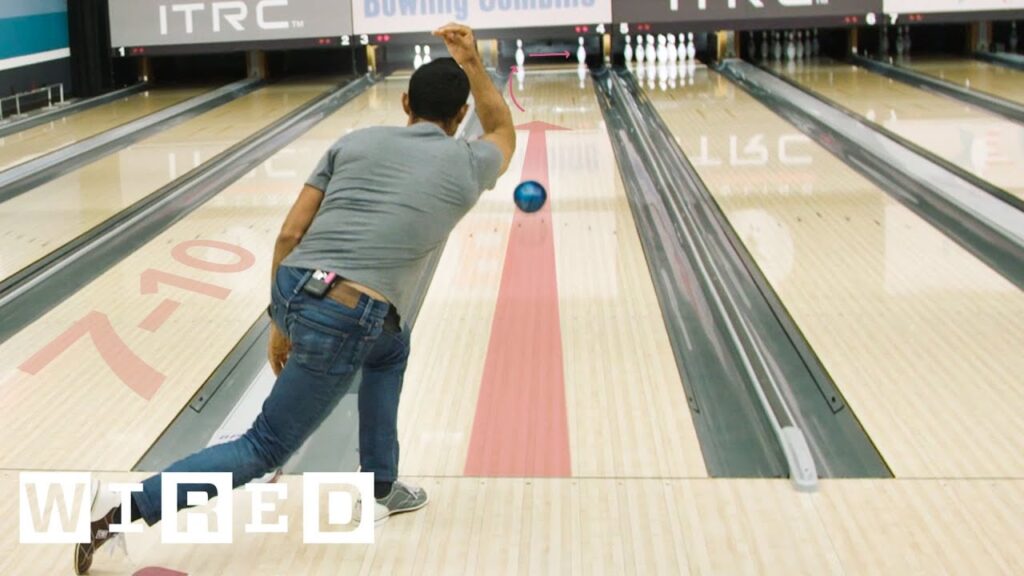Creating Art from Cardboard: The Process of a Cardboard Artist
Summary
In this article, we delve into the world of cardboard art with James Lake, a cardboard artist with over 20 years of experience. James takes recycled materials and turns them into significant pieces of art that evoke an emotional response. He uses a variety of cardboard, including honeycomb cardboard, single corrugated cardboard, and double corrugated cardboard, to create his sculptures. James explains his process of creating sculptures using cardboard and other simple materials, emphasizing the importance of considering the weight of the glue when creating delicate structures. He also discusses the challenges of creating art in a small space and from an unusual position. Finally, James explains that he uses a waterproofing agent called Pavopo to protect his sculptures from damage.
Table of Contents
- The Versatility of Cardboard
- Tools and Techniques
- Inspiration and Challenges
- Conclusion
The Versatility of Cardboard
Cardboard is a versatile material that can be used to create strong and lightweight structures. James Lake, a cardboard artist, has been working with cardboard for over 20 years. He likes to take recycled materials and turn them into significant pieces of art that evoke an emotional response. He starts with a flat design or shape and adds extra pieces of cardboard to create a mass. He uses pieces of cardboard to create the cladding or exterior of the sculpture, curving and bending the cardboard to mold around the form. Once he has the overall shape, he focuses on surface details like facial features and hair. James uses different types of cardboard to create strength and load-bearing capabilities. His latest sculpture, called “Youth,” is a complex piece that is in the process of jumping and is held in place by a steel bar.
Tools and Techniques
James uses a variety of tools, including scissors, craft knives, and hot melt glue guns, to create his sculptures. He also uses a restricted palette of colors to be creative with the marks he makes. The speaker emphasizes the importance of considering the weight of the glue when creating delicate structures. They also discuss the challenges of creating art in a small space and from an unusual position. James uses a variety of lightweight cardboard, including honeycomb cardboard, single corrugated cardboard, and double corrugated cardboard to create his sculptures. He uses different types of cardboard to create strength and load-bearing capabilities. James also uses a waterproofing agent called Pavopo to protect his sculptures from damage.
Inspiration and Challenges
James acknowledges that trial and error is a big part of creating art from cardboard. He finds inspiration in the imperfections and individuality that come from making mistakes. The middle of the building process is his favorite part, where he has a solid idea of what he’s making and can explore interesting and unintentional aspects of the work. James acknowledges the technical challenges of building on a larger scale but has sustained a passion for cardboard as a material. He hopes to inspire others to make artwork and believes that anything is possible with cardboard.
Conclusion
Creating art from cardboard is a unique and rewarding process that requires patience and creativity. James Lake, a cardboard artist with over 20 years of experience, has honed his skills to create significant pieces of art that evoke an emotional response. He uses a variety of tools and techniques, including different types of cardboard and a waterproofing agent, to protect his sculptures. James acknowledges the challenges of creating art from cardboard but believes that anything is possible with this versatile material.







